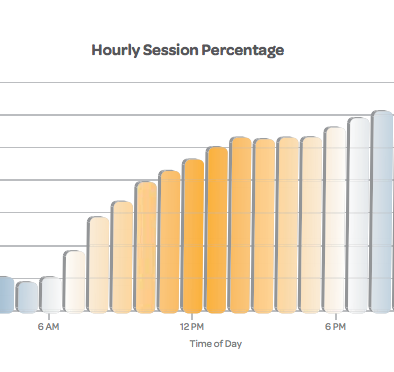The #RLTM Scoreboard: Social Networking Stats for the Week
| Facebook: | 1.23 billion monthly active users | via Facebook | ||
| YouTube | over 1 billion monthly unique users | via YouTube | ||
| Twitter: | 241 million monthly active users | via re/code | ||
| Qzone: | 599 million monthly active users | via TechCrunch | ||
| Sina Weibo: | over 500 million users | via The Next Web | ||
| Renren: | over 170 million users | via iResearch iUser Tracker | ||
| VK: | over 230 million registered accounts | via VK | ||
| LinkedIn: | 259 million active users | via LinkedIn | ||
| Google Plus: | 343 million monthly active users | via GlobalWebIndex | ||
| Tumblr: | 178 million blogs | via Tumblr | ||
| Instagram: | 150 million users | via Instagram | ||
| Vine: | 40 million registered users | via Vine | ||
| Tagged: | 20 million unique monthly users | via Tagged | ||
| Foursquare: | 45 million users | via TechCrunch |
||
| Pinterest: | 70 million users | via The Next Web | ||
| Reddit: | 114 million monthly unique visitors | via Reddit | ||
| WhatsApp: | 450 million users | via Facebook | ||
| SnapChat: | ???? | via TechCrunch |
Please email marissa@modernmedia.co if you have additional updates, or a social network that you feel should be on the list.
Complaints Total One-Fifth of Facebook, Twitter Brand Interactions
In Converseon’s recent analysis of direct user interactions with leading brands on Facebook, Twitter and Google Plus, “exactly one-fifth of user interaction on both Facebook and Twitter was negative.” The study, reported on Nate Elliott’s Blog, examined more than 2,5000 direct user interactions with 20 leading brands.
Here’s the good news: around 50% of user interactions with brands on each site was positive.
Here are the specific numbers for brand interaction sentiment on each social platform:
- Facebook: 49% positive, 32% neutral, 20% negative
- Google Plus: 53% positive, 29% neutral, 18% negative
- Twitter: 55% positive, 25% neutral, 20% negative
Are you surprised that there wasn’t more variation on brand sentiment by social networking site (ex: did you expect Facebook or Google+ users to be less critical than Twitter users, or vice versa)?
[Note: in this study, direct user interaction includes posts directly onto brands’ Facebook or Google Plus pages, comments on brands’ Facebook or Google Plus posts, and @mentions of brands on Twitter (Nate Elliott’s Blog).]


